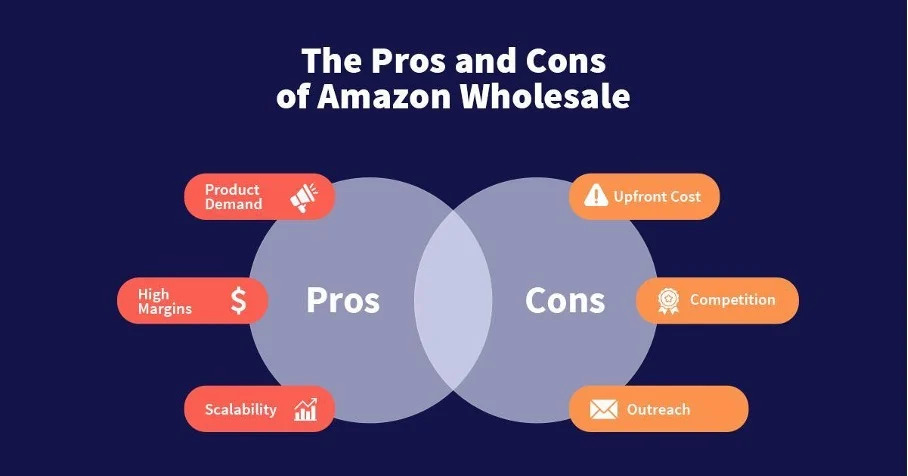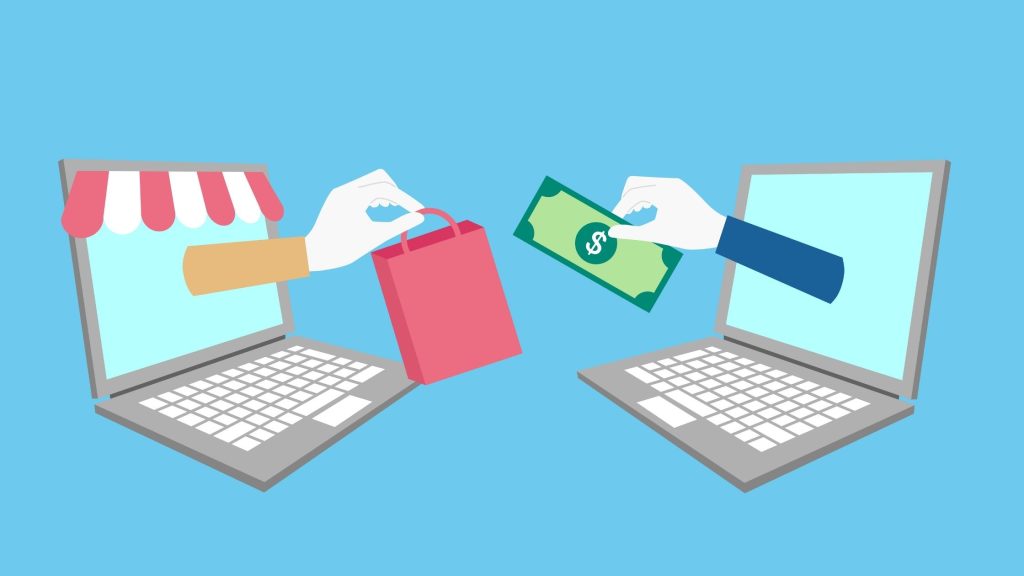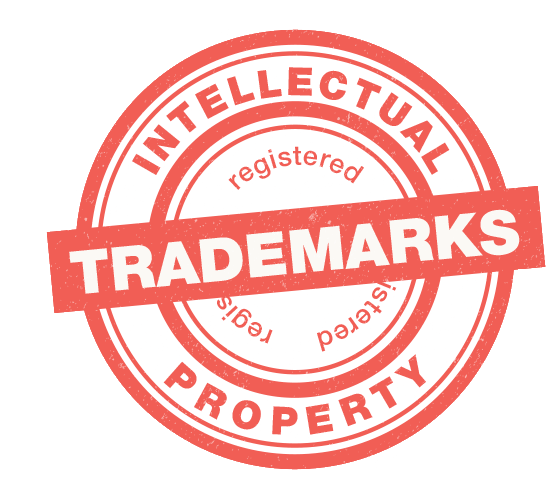Navigating Wholesale vs. Direct-to-Consumer Models: Choosing the Right Strategy for Growth
In today’s competitive eCommerce landscape, one of the most pivotal decisions brands face is whether to scale through a wholesale strategy, a direct-to-consumer (DTC) model, or a combination of both. Each path offers unique advantages and challenges, and understanding them can empower you to align your business strategy with long-term profitability, control, and growth.
Whether you’re a manufacturer, brand owner, or startup exploring Amazon, Shopify (via this Shopify guide), or other platforms, this article breaks down the essential differences—and how to choose the right model for your business.

Understanding the Wholesale Model
In the wholesale model, you sell large quantities of your product to retailers or distributors at a discounted rate. These partners then resell to end customers, either online or in physical stores.
Pros of Wholesale:
Scalability: Faster revenue generation through bulk orders.
Lower Customer Acquisition Costs: Retailers handle marketing, sales, and logistics.
Retailer Trust & Exposure: Placement in well-known stores increases visibility and brand credibility.
Challenges of Wholesale:
Thin Margins: Retail markups reduce your profit per unit.
Less Control Over Brand Experience: Retailers control how your product is presented and priced.
Inventory Risks: Upfront production for large orders can strain cash flow.
Example: Brands selling on Walmart Marketplace often begin as wholesale partners before moving into hybrid models. Learn more from Walmart’s own marketplace insights.
The Direct-to-Consumer (DTC) Model
DTC allows you to sell your products straight to the end consumer via your own website, Amazon storefront, Etsy, or other digital platforms. This model gives you complete ownership of the sales cycle, including branding, marketing, and fulfillment.
Pros of DTC:
Higher Profit Margins: You cut out the middleman.
Brand Control: From packaging to pricing to customer service, you own the narrative.
Customer Data: Valuable insights into who your customers are and how they shop.
Challenges of DTC:
High CAC (Customer Acquisition Cost): Marketing and advertising expenses add up fast.
Operational Complexity: Fulfillment, returns, and customer support fall entirely on your team.
Scaling Demands: Growth often depends on paid ads, influencer marketing, and SEO optimization.
Example: Companies using Shopify Plus often maximize DTC channels with enhanced analytics, marketing automation, and customizable storefronts.

Hybrid Approaches: The Best of Both Worlds?
A blended strategy that leverages both wholesale and DTC can offer powerful advantages:
Wholesale for stability; DTC for brand loyalty and higher margins
Use wholesale to build brand awareness, then capture returning customers through your DTC funnel
Launch exclusive SKUs on DTC channels to avoid channel conflict and protect retail partners
For instance, many brands selling on Amazon leverage Amazon’s Brand Registry, DTC storefronts, and Amazon Seller Central while simultaneously working with boutique retail stores through Faire or Handshake.
Choosing the Right Model: 4 Strategic Questions
Ask yourself:
Do you have the infrastructure for fulfillment and customer service?
If not, wholesale might be easier to manage early on.
Are you looking for fast cash flow or long-term brand building?
Wholesale drives revenue quickly; DTC builds long-term value.
Can you handle marketing and traffic generation?
DTC requires expertise in SEO, PPC, email, and social media.
How important is customer loyalty and lifetime value?
DTC is best for nurturing brand advocates and repeat purchases.

Final Thoughts
Both wholesale and direct-to-consumer models offer viable growth paths, but choosing the right one—or blending both—comes down to your business capacity, brand goals, and customer experience priorities.
For long-term brand equity and control, DTC is unmatched. But if you’re looking for quick scale with minimal operational burden, wholesale may be a smarter play—especially when you can partner with trusted retailers or curated marketplaces.
By assessing your resources, audience, and risk tolerance, you can confidently build a sales strategy that aligns with your vision.














